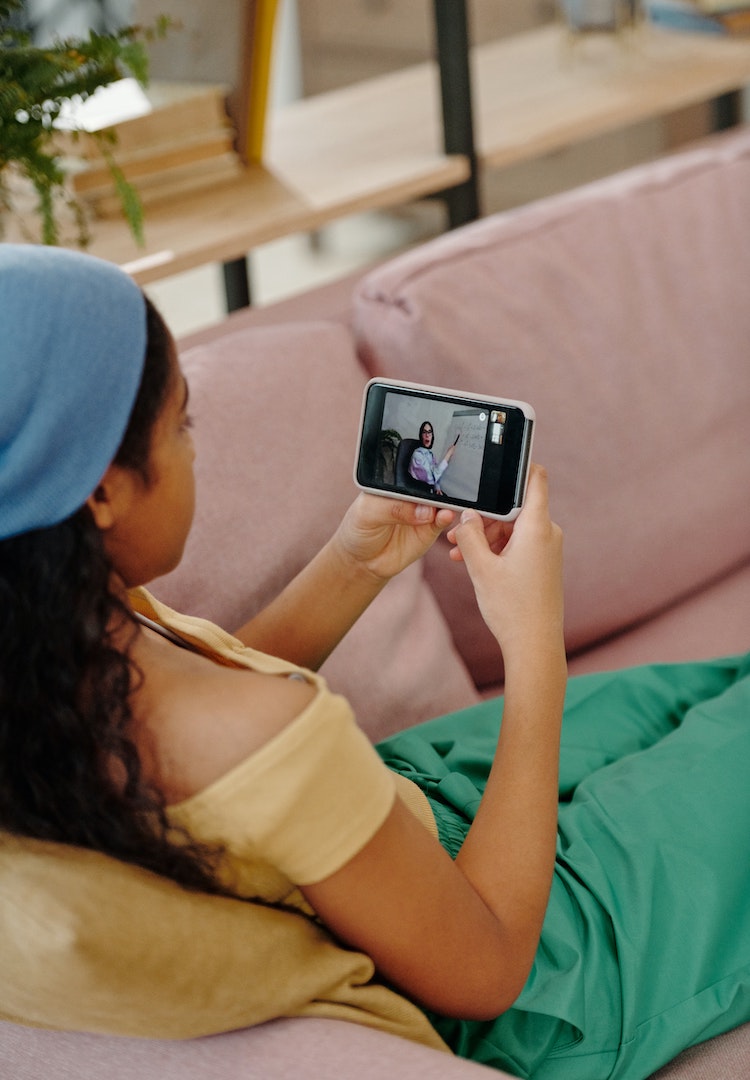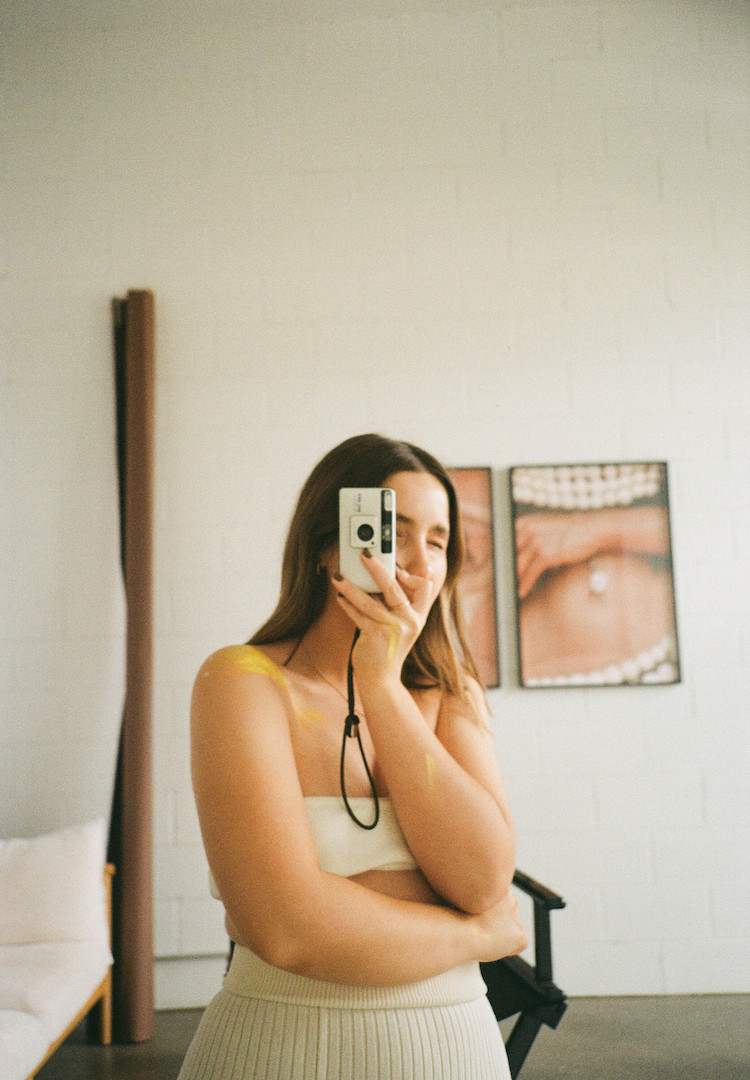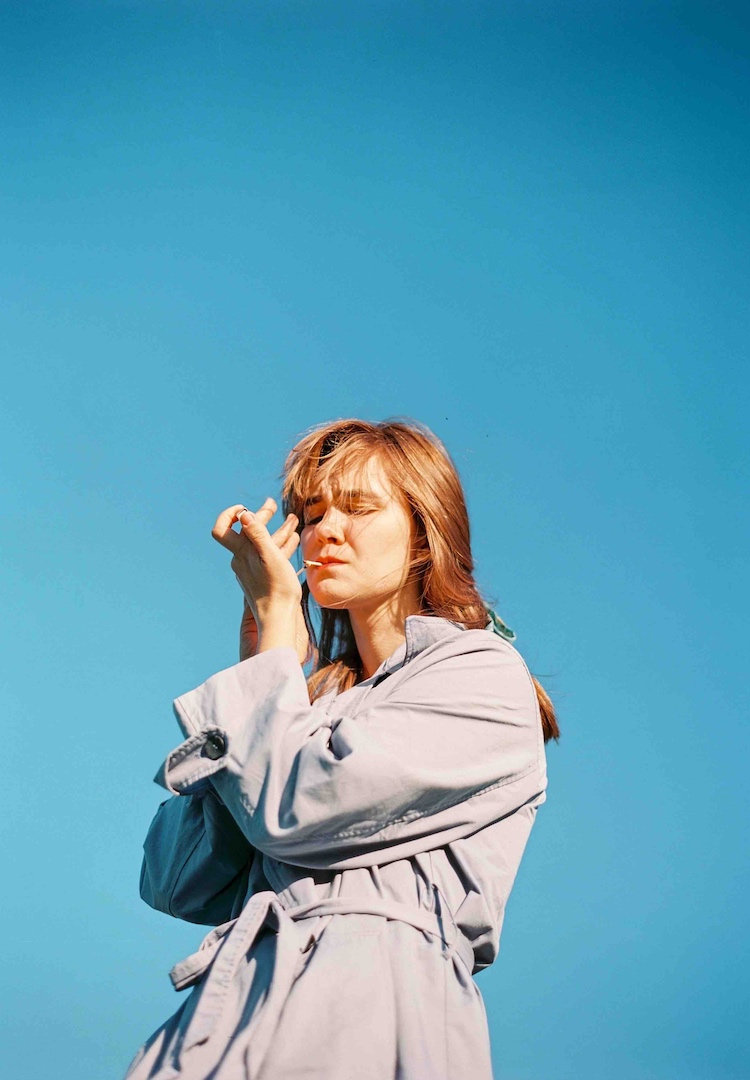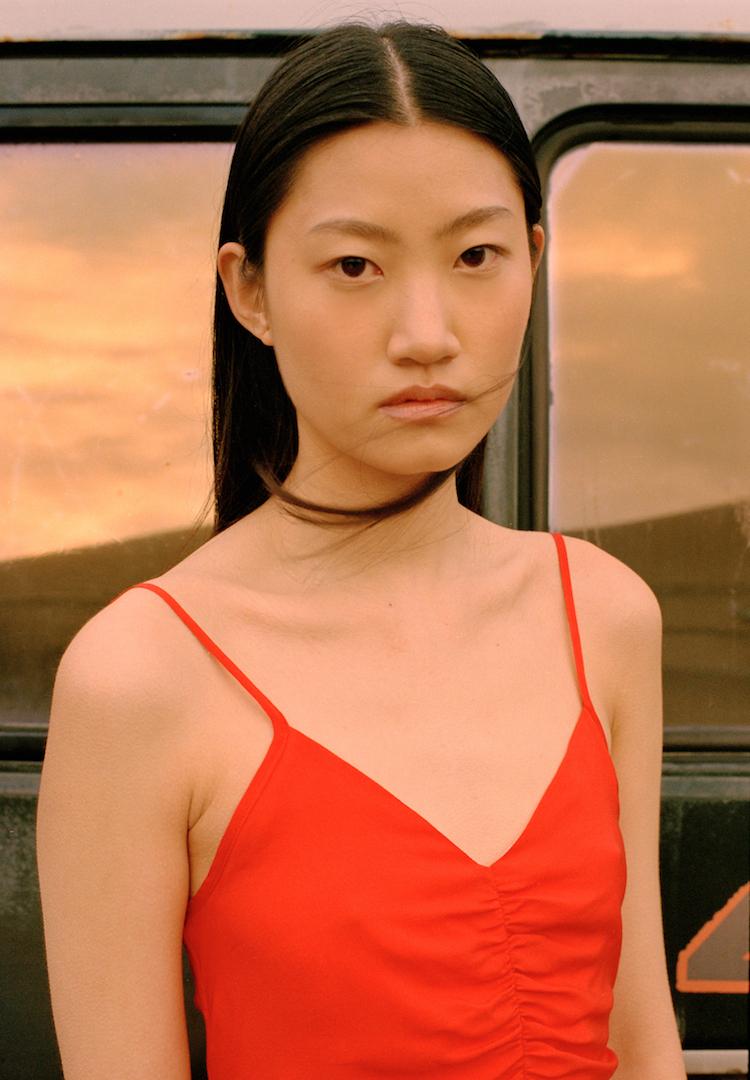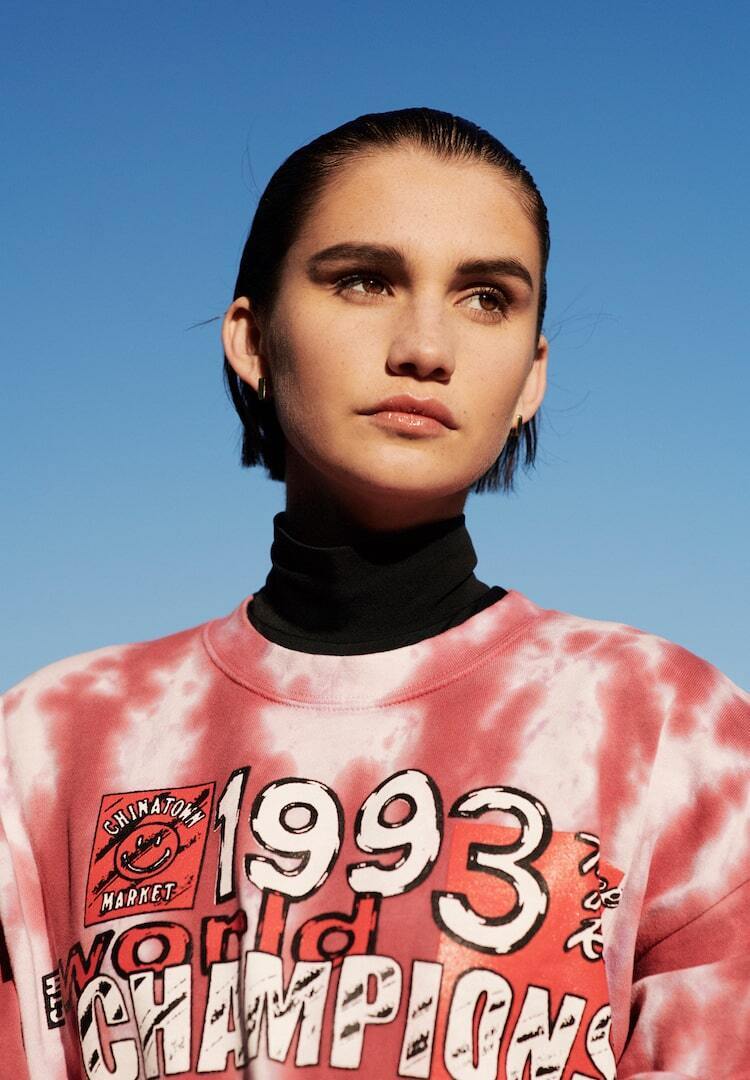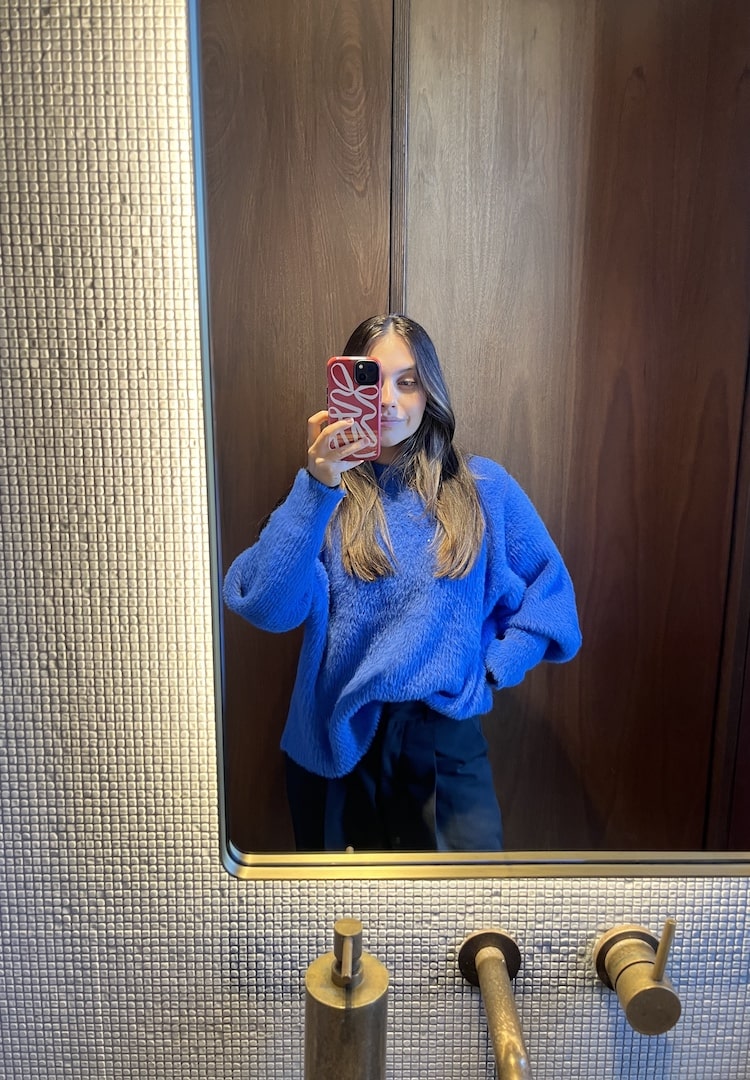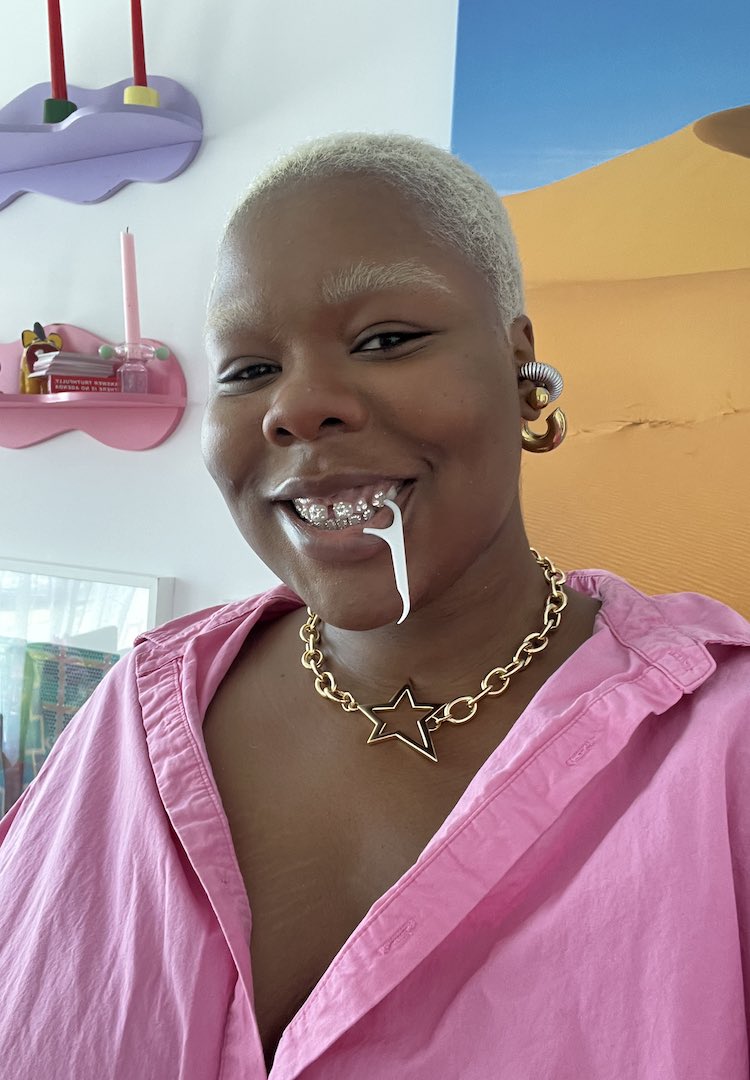How I Got Here: Freelance creative Jasmine Dowling on why reliability is key to longevity
WORDS BY MAGGIE ZHOU AND CAIT EMMA BURKE
“There are opportunities that I have been given in my work that I could not have even dreamt of for myself.”
Have you ever stalked someone on LinkedIn and wondered how on earth they managed to land that wildly impressive job? While the internet and social media might have us believe that our ideal job is a mere pipe dream, the individuals who have these jobs were, believe it or not, in the same position once, fantasising over someone else’s seemingly unattainable job.
But behind the awe-inspiring titles and the fancy work events lies a heck of a lot of hard work. So what lessons have been learnt and what skills have proved invaluable in getting them from daydreaming about success to actually being at the top of their industry?
Looking for a new 9 to 5? Head to our Careers page for new listings daily.
Welcome to How I Got Here, where we talk to women who are killing it in their respective fields about how they landed their awe-inspiring jobs, exploring the peaks and pits, the failures and the wins, and most importantly the knowledge, advice and practical tips they’ve gleaned along the way.
Jasmine Dowling‘s work has been saved on countless Pinterest boards, hung up on hundreds of walls and served as inspiration for thousands. Hailing from Brisbane, Jasmine has been in the creative freelancing industry for over a decade. Her work spans everything from videography to hand lettering, to design and styling, and has been featured on the cover of magazines, on product packaging and in store windows.
After building a following off of her signature hand-lettering style, Jasmine found herself pouring endless time and money battling multiple copyright infringement cases. It forced her to diversify her craft, leading her to where she is now. Here, Jasmine reflects on her career journey so far and shares her best advice for others following in her footsteps.
What do you do and what’s your official job title?
At the moment I spend my time working between graphic design, illustration, product styling, photography and videography, predominately within the beauty industry. Being self-employed means my job title could be anything from admin, accountant or photographer depending [on] which time of the day you ask but I think visual communicator is something that covers most bases in my work.
Take us back to when you were first starting out. Did you study to get into your chosen field, or did you start out with an internship/entry level role and climb the ladder? Tell us the story.
It was 2012, I had changed degrees and moved into a Bachelor of Design majoring in visual communication after spending two years in a previous multimedia design degree (which was mostly coding). That time was also [the] early days of Instagram.
I would share everything design and not design related, including plenty of badly filtered food pics. For a typography assessment, I started experimenting with brush lettering and instantly loved it. I began sharing that brush lettering on Instagram and it spread like wildfire (for better or worse).
View this post on Instagram
Since my work had got some attention online, I decided to start freelancing [and] creating branding and hand lettering projects for brands while studying. At the time I thought it would be a great way to build up work prior to graduating and getting a studio job. During those years, I did hand lettering for store windows, clothing collaborations, advertisements, and magazine covers and spreads while running my own print store.
By the time I went to graduate in 2014, I had already built up enough freelance business that I decided to run with that as far as I could take it. A few years into my career I had some amazing opportunities like working on [the] lettering for the David Jones Christmas campaign. However, [I was] also met with the downside of my work going viral – I [would] walk into huge retailers and see my work (without my knowledge or, of course, payment).
This led me to spend a couple of years and a hell of a lot of money fight[ing] for my copyright. That changed how I felt towards that type of work so I found myself spending a lot more of my time exploring my other creative interests, like styling and photography. Since Instagram was already a big part of my work, taking that direction felt natural. I always just put out the work I was drawn to creating and hoped that potential clients would come. Luckily for me, they did.
View this post on Instagram
What challenges/hurdles have you faced getting to where you are now? Can you tell us about one in particular?
As mentioned, I think the most impactful challenge was the copyright infringement cases. I had walked into my local [office supplies store] to buy packaging supplies and saw a notebook with my work on the front of it. It was that instant sick feeling that I had become familiar with but I knew I couldn’t do anything [at] the moment except buy one.
Fortunately, I had already been working with a copyright lawyer on other cases so this particular one just stacked on top. The larger cases I dealt with took nine to 12 months to resolve, [it] definitely wasn’t cheap and [I was] constantly made to defend [my] work.
I thought once I had ‘won’ the cases I would feel better but that feeling of satisfaction never came. Afterwards, I felt like my work was no longer my own, my handwriting was no longer my own. That disconnect pushed me to explore my other creative interests and get out of the niche I had found myself in.
View this post on Instagram
What do you want people to know about your industry/your role?
There can be a lot of misunderstanding around the importance of gear. What cameras, lenses, software, brushes, paints [and] paper your favourite creatives are using [doesn’t] impact the work as much as people think. It not only makes the barrier for entry feel a lot higher for those starting out but also shifts the importance of creative thinking and constant practice of one’s craft to just what tools they’re using.
What’s the best part about your role?
There are opportunities that I have been given in my work that I could not have even dreamt [of] for myself. When I started I had no contacts in the industry and no studio experience so to have been able to work with international brands, speak at conferences or even recently go on a trip to Athens with Hermès… feels crazy. I will never take any of those opportunities for granted.
View this post on Instagram
What would surprise people about your role?
How long a little 15-to-30-second Instagram Reel can take to create. [It] depends on the video of course, but recently a video took two shoot days to film [and] a day and a half for the initial post-production edit. Then there is all the work in concepti[on] and planning that went in prior to shooting. Then [you] just hope people get shown it in their algorithm.
What skills have served you well in your industry?
I am naturally a worrier, however I think aspects of that serve me well. I will do everything in my control to be extremely punctual for deadlines (if not delivering work early). I like to create in an organised framework which often means a lot of preparation [and] communicating with clients to ensure I get everything right the first time. Being creative yet reliable is something I think is important for longevity in this industry. Also, once I have a vision in mind I will stop at nothing to make sure I execute [it].
View this post on Instagram
What advice would you give to someone who wants to be in a role like yours one day?
Make time for personal work. Most of the time in a freelance creative job you are hired off work you’ve already done. Making time to experiment or work with a new medium can not only open new doors for you but also means you’re constantly evolving and improving your craft. Often your early client projects may not be the type of work you want to attract, so create a body of work that truly represents you. Most potential clients won’t care if you were paid for that portfolio work or not.
What about a practical tip?
Open a separate bank account for your business. Then open Excel. Keep track of your incoming and outgoing finances then save for your income tax, potential GST and potential HECS debt. It will stop you [from] waking up in the middle of [the] night sweating.
Read the rest of the How I Got Here series here.
Looking to step up to a career in design? Each week we send a wrap of industry jobs straight to your inbox. Enter your details below and we’ll keep you in the loop, or browse current openings here.

